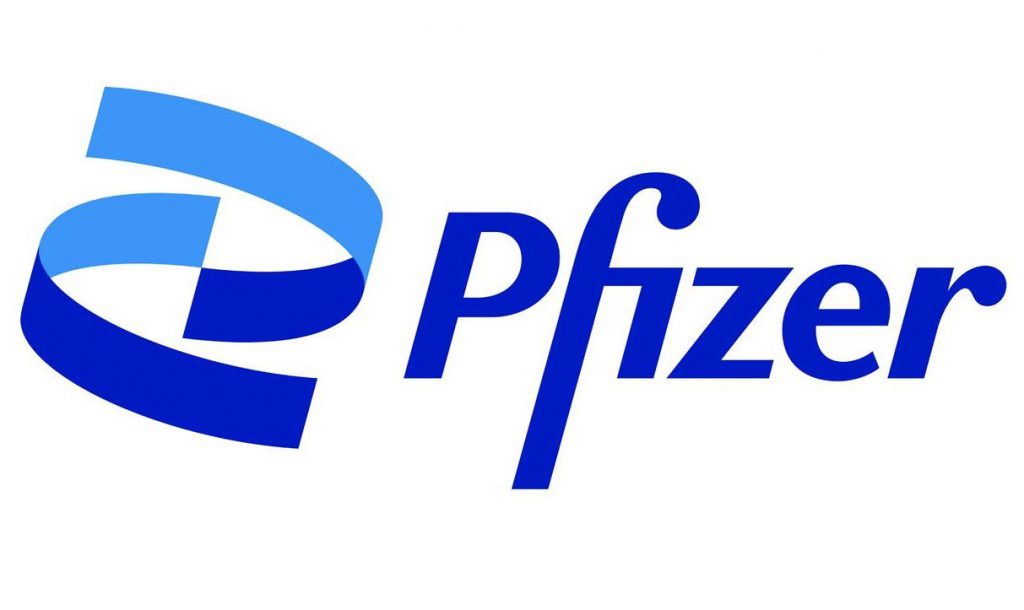- Establish a clear energy baseline
- Identify and map Energy Performance Indicators (EnPIs)
- Enable ongoing monitoring

Energy Baseline Assessment
An organisation’s energy baseline is a quantitative reference that reflects typical energy consumption under normal operating conditions. ISO 50001 requires organisations to establish baselines and monitor Energy Performance Indicators (EnPIs) to evaluate improvements. EnPIs should be normalised to account for variables that affect energy use and updated regularly.
Our approach to Energy Baseline Assessment
- Data collection & normalisation – Gather historical energy consumption data alongside relevant variables (production output, occupancy, weather). Develop statistical models to normalise energy use, ensuring fair comparison across periods.
- Baseload assessment – Identify constant consumption unrelated to production (e.g., standby loads) and quantify seasonal variations. Determine potential reduction strategies such as shutdown procedures or improved controls.
- EnPI map generation – Develop a hierarchy of EnPIs for different levels (organisation, site, process, equipment). Visualise relationships between EnPIs and drivers to help managers understand energy flows and prioritise improvement actions. Communicate EnPIs and baselines to top management for endorsement.
- Monitoring & review – Establish processes for continuous monitoring, periodic baseline updates and reporting to maintain ISO 50001 compliance.
Benefits
- Clear visibility of energy performance across operations.
- Evidence‑based identification of energy savings opportunities.
- Alignment with ISO 50001 requirements and support for certification.
















